Look North-East India, an Unexplored Paradise
Jaw-dropping sceneries, diverse cultures, deep-rooted traditions, gracious tribal hospitality, and an eco-friendly way of life, are a few characteristics that make Northeast India different from the rest part of the country. Look North-East India, an Unexplored Paradise.
Where is North-East?
Northeast India consists of 8 states – Arunachal Pradesh, Assam, Manipur, Meghalaya, Mizoram, Nagaland, Tripura, and Sikkim. Earlier there were seven states, known as the “Seven Sisters”. In 2002 Sikkim was added as a member of the Northeast Council and became the 8th state of Northeast India, the only Brother of the Seven Sister States.
The Prime Minister of India, Shri Narendra Modi has regarded these eight northeast Indian states as the “Ashta Lakshmi”, which means the eight forms of goodness and wealth.
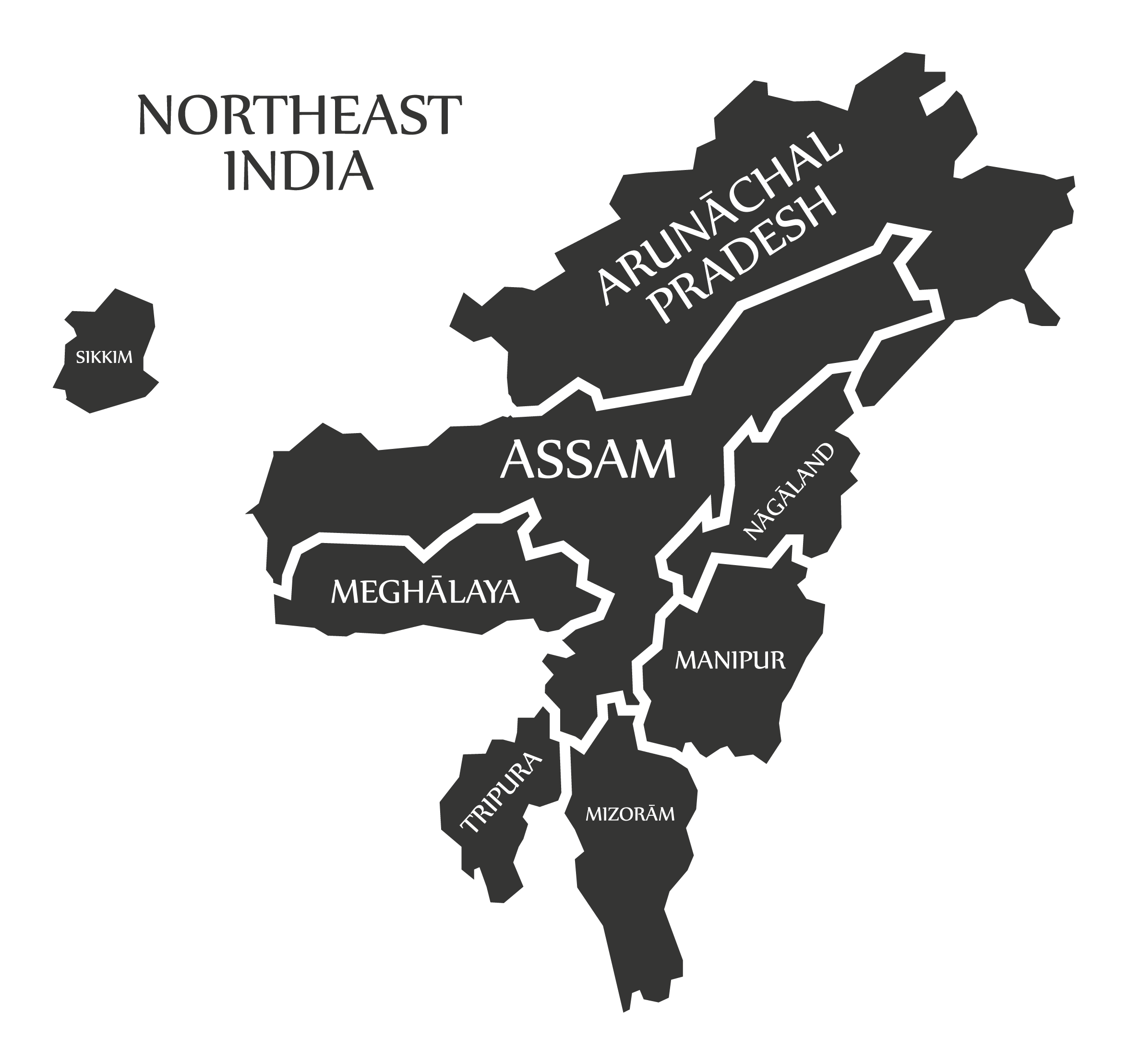
The 8 northeast states together share a border with 4 foreign countries, Bangladesh, Myanmar, Bhutan, China, and Nepal. Interestingly only 2% of the border is common with mainland India and the remaining 98% is linked with international boundaries. The cultures of these neighboring countries have more substantial influence in this region than that of mainland India. Therefore, this region has some cultural differences from mainland India as well.
These States are connected with the rest of India by a thin strip of land of about 20 – 22 km (12 – 14 miles) at the narrowest section, known as Chicken’s Neck of Bengal or the Siliguri Corridor. The countries, Nepal and Bangladesh lie on each side of the corridor and the Kingdom of Bhutan lies at the northern end of the corridor. The state, of Sikkim, lies on the northern side.
Brief History of Northeast India, an Unexplored Paradise
To know a place better you must have a thorough understanding of the people, their traditions, and their culture. These cultures are mostly inherited by them from their ancestors. This part of India has witnessed many changes in terms of society, economy, and polity in the past since ancient times. The history of his region is therefore very interesting and full of thrill. North-East India what we see today was completely different in past.
Unfortunately, there is hardly any well-documented historiography available on the social and cultural past of this region. Proper documentation was started only during the British era in India. The historians reconstructed the past based on oral traditions like folk tales, folk songs, myths, and legends, as well as studies on the symbolic representation of rituals and traditions, in the form of festivals and fairs. Therefore, whatever is available now is fragmented, in the form of monographs and census data.
It is also believed that this region finds a mention in the epics of the Mahabharata, the Ramayana, and the Puranas. Certain tribes residing in these states, accept this lineage and also follow the prescribed traditions and rituals to date. The Idu Mishmi tribe, a major sub-tribe of the Mishmi Group of Arunachal Pradesh traces their lineage to Rukmini, Lord Krishna’s wife. Similarly, the Bodo tribe of Assam believes that they are the descendants of the demon (asura) warrior Ghatothkach, the noble valiant son of Bhima.
Northeast India is considered to be a Neolithic enigma by archaeologists. Due to its wild forest and rugged terrain, the archaeologists yet couldn’t map it properly and still working on it. The Neolithic life in the region is expected to date back to at least 6000 years!

Pre-Independence Era of North-East India
Coming back a little later, in 1228 the Ahom kingdom was established by Sukaphaa, a Tai prince from Mong Mao (present-day Yunnan Province, China) who entered the Brahmaputra valley in Assam. The Ahoms were the undisputed rulers in the Upper Assam region for almost 600 years (1228 – 1826). Even the Mughals couldn’t invade the region. They tried to capture the Ahom kingdom 17 times but failed miserably. The battle of Saraighat was the last battle between them fought on the Brahmaputra River in 1671.
The other territories of this region were similarly divided into several kingdoms and were ruled by different kings and chiefs. Sadly, the availability of written records in this region before British rule is very scarce, except few exceptions like the Ahoms and the Buranjis of Assam and the Meiteis of Manipur. From these historical chronicles and manuscripts, we can find that the Ahom Dynasty, ruled in Upper Assam, and the Koch Dynasty ruled in the western and southern parts of Assam.
In Manipur, the history of the Meiteis is documented in various chronicles like the Ninghthou Kangbalon and the Cheitharol Kumbaba. The Manikya Dynasty ruled the Twipra Kingdom (now Tripura state) from the 15th to the 20th century CE.
In Mizoram, the Chiefs of various clans use to control administrative and political affairs in their respective areas. Similarly, Meghalaya was ruled by kings and also by some local chieftains in certain places.
The Khasi and Jaintia societies of Meghalaya were ruled by the king or Syiem and his ministers, whereas the Garo societies were administered by the local chieftains called Nokmas.
In Nagaland and Arunachal Pradesh, there were Chieftains in different villages who use to control the affairs. The Namgyal-Chogyal dynasty ruled Sikkim, from 1642 to 1975.
British Era in Nort-East India
The long dynastic rule in the northeast kept invaders away from the territory for a long time. Even the Delhi Sultanate, the Mughals, and the British couldn’t invade it. However, with time the mighty of Ahom and Other rulers waned. Due to the repeated Burmese invasions in around 1817, they found it very difficult to resist their forces, and ultimately in 1821, Burma established its control in Assam and Manipur.
Eventually, Ahom Kings invited the British to help them to free their motherland from Burmese invaders. British then decided to extend their help and were able to annex Burma following a series of wars known as the Anglo-Burmese Wars. By the end of the first war (1824-1826), the British took over control of Assam and Manipur.
The British and Burmese ended the war by signing a peace treaty, called the ‘Treaty of Yandabo’ on 24 February 1826. This is how the British finally entered the Northeast region. Following this, the British started annexing different territories of the region to expand their authority. This included the kingdom of Cachar- inhabited by the Kachari tribe, followed by the annexation of the Jaintia and Khasi hills. They further annexed Assam by terminating the 600 years old Ahom rule, and finally annexed the Naga Hills and the Lushai Hills. Thus, North-East India became a part of the Bengal province, under the rule of the British.
However, the northeastern states constantly challenged the British hegemony in India, mostly in the form of tribal uprisings. Towards the end of the 19th century CE, these uprisings took a more nationalistic form and finally integrated with the larger independence movement in the country. Some of the legends include Bhogeswari Phukanani from Assam, U. Tirot Singh from the Khasi Hills, Shoorvir Pasaltha Khuangchera from Mizoram, and Rani Gaidinliu from Manipur.
Post-Independence Era
In 1947, the day when India gained its independence, there were only 3 states – Assam, the princely states of Manipur, and Tripura. The four other states, Arunachal Pradesh, Meghalaya, Mizoram, and Nagaland were part of the larger territory of Assam. Eventually, they got separated to form their distinct states.
Assam was the first to gain its statehood status, in 1947 with the rest of the country at the time of independence. This was followed by Nagaland in 1963, Meghalaya, Tripura, and Manipur in 1972, Arunachal Pradesh in 1975, and Mizoram in 1987. Sikkim was added as a state of India in 1975, and finally, in 2002 it was integrated with other northeastern states. Unlike the process of state formation in the mainland of India, which took place primarily on a linguistic basis, the northeastern states were formed based on ethnic and tribal identities as a primary cause. Each tribe of this region has its own distinct culture, traditions, festivals, and form of arts.
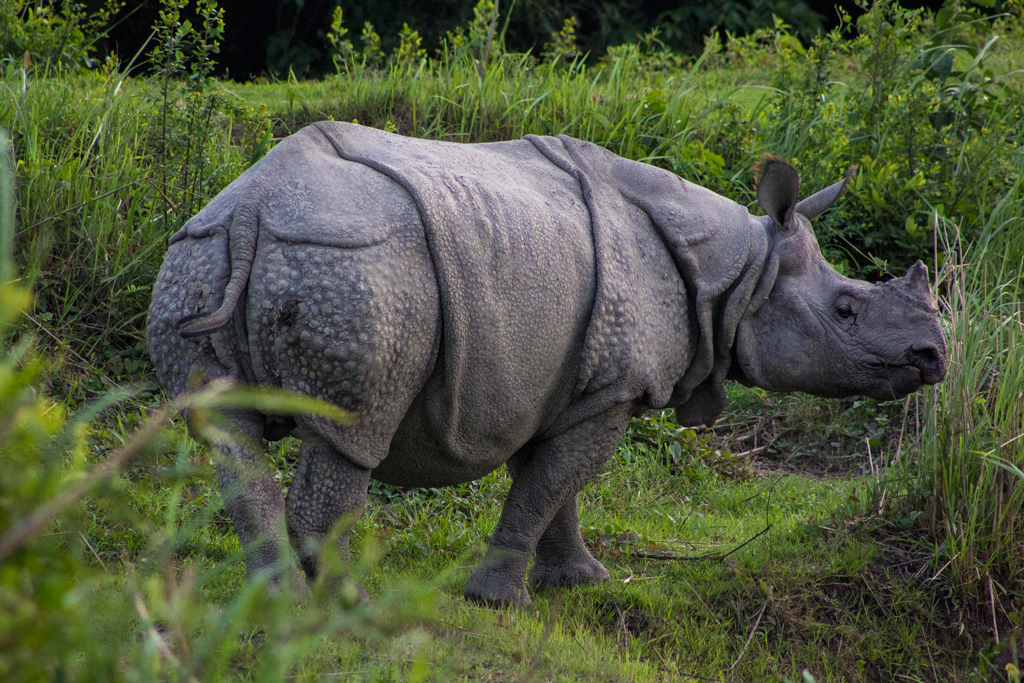
Travel Guide for North East India
Northeast India is still considered remote and difficult terrain. The expedition in this region is a bit difficult. But the stunning and virgin landscape of the region certainly makes someone fall in love with the place. Be it chasing the clouds or wandering waterfalls or attending colorful festivals, each time you visit the land you will be overwhelmed by its natural beauty, soulful tribes, and deep-rooted culture of these states. Interestingly this is one of the few places in the world where people still respect nature and live in perfect harmony with them. The cultural diversity again makes this place unique in the country. No two states in the Northeast are the same, but they leave in harmony. We can say it is the hidden utopia of India, an untouched paradise.
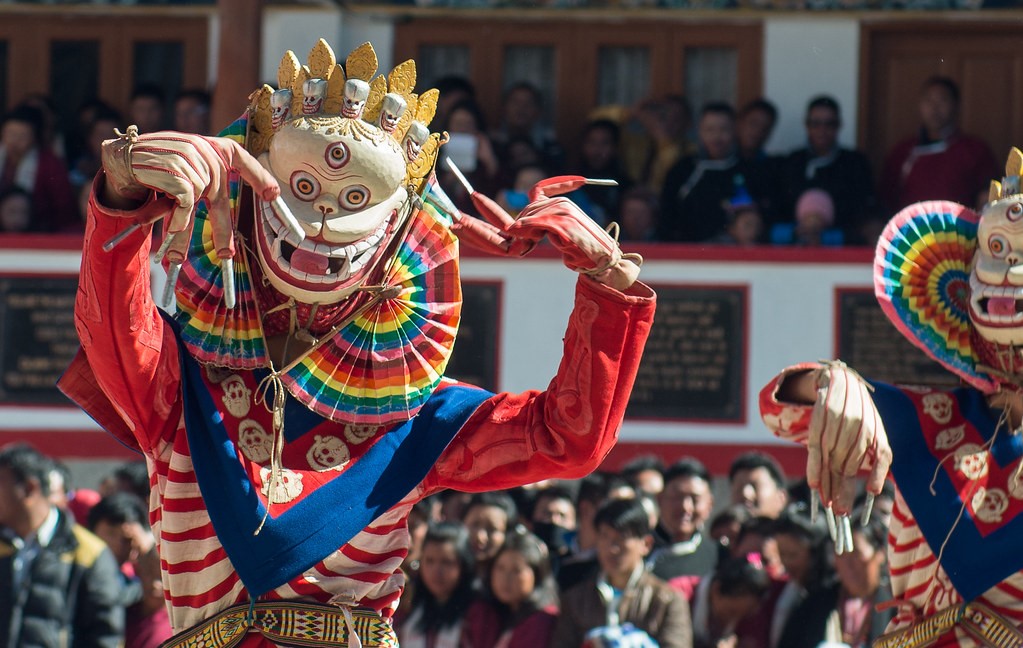
Best time to visit North East India
October till mid of May is the best time to visit the northeast region. This is the time when you will get occasional rain. But the temperature throughout the region doesn’t remain the same. It varies drastically depending on the altitude. On the northern side, you will get the Himalayas where the temperature usually remains cold. Arunachal Pradesh and Sikkim are the states which are mostly influenced by this Mountain range and have a colder climate. In these hilly areas, the temperature remains around 15 to 20 degrees during summer, while it can go to sub-zero levels during winter. Snowfall in winter is quite common at higher altitudes in Arunachal Pradesh and Sikkim. Similarly, the hilly areas of Nagaland and Mizoram also have a cooler temperatures.
The plains of Assam, Meghalaya, and Tripura have warmer climates. In summer, the temperature ranges from 30-350 C, and in winter about 200 C.
Typically, June to September in this region is the monsoon season coinciding with the summer. During this season, heavy torrential rains along with thunder can be witnessed in this region. Traveling during Monsoons should be avoided, as landslides are quite common these days.
However, visiting Meghalaya during Monsoon is a thrill. The place known as “Mawsynram” located in the state of Meghalaya is one of the wettest places on the earth. This place receives about 11,873 mm of rainfall annually. The natives here have adapted to a certain lifestyle which allows them to survive the intense downpour that this locale witnesses almost every day. Mawsynram also has a lot to offer in terms of sightseeing. It is a paradise for wildlife enthusiasts and backpacking travelers.
Need of permits to travel to North-East
Due to the strategic and sensitive positions of these states sharing borders with other foreign countries, the movement in certain areas of these states is strictly monitored by the government, and you may need to get a Permit to enter those places. Inner Line Permit (ILP) is for Indian nationals, and foreign tourists require ILP and Protected Area Permits (PAP) or Restricted Area Permits (RAP). However, in recent days, the government of India has relaxed some of the rules of ILP and PAP to promote Northeast India tourism.
Some places are completely restricted to both Indian and foreign tourists while in some places, only Indian tourists are allowed.
Below is the information about the requirement in each of these states.
- Arunachal Pradesh: ILP is required for Indian tourists and PAP for foreign tourists.
- Assam: No ILP and PAP is required to visit Assam
- Manipur: ILP is not required for Indian tourists visiting Manipur. However, w.e.f. In January 2020, the ILP system came into effect in Manipur. Foreigners do not require PAP to visit Manipur.
- Meghalaya: No ILP and PAP is required to visit Meghalaya.
- Mizoram: Indian tourists require an ILP to visit Mizoram. Foreign tourists do not require any PAP to enter Mizoram.
- Nagaland: Indian tourists require an ILP to visit Mizoram. Foreign tourists do not require any PAP to enter Mizoram.
- Sikkim: Indian tourists do not require ILP to visit Sikkim except in certain areas like North Sikkim, Tsomgo Lake, Nathula Pass, Menmecho Lake, Singalila area, and Dzongri area. Foreign Tourists require a permit to enter Sikkim. This permit can be readily obtained at the Melli and Rangpo border-crossing checkpoint upon producing a valid Indian Visa. Foreigners are not allowed to visit Gurudongmar Lake in North Sikkim, Baba Mandir, and Nathula Pass in East Sikkim. For Tsomgo Lake, Yumthang, and Chopta Valley, foreign tourists require PAP. Trekking permits are required for trekking in Singalila, Dzongri, and Goechela areas.
- Tripura: No ILP and PAP is required to visit Tripura.
How to reach Northeast India?
Guwahati in Assam is the gateway to the Seven Sisters States. Guwahati is well connected by flights and trains from all the major cities in India. From Guwahati, all the Seven Sisters States are well connected either by air or by road. Train services are available in Assam and Tripura and you can reach certain places in these states conveniently by train.
Sikkim is well-connected with North Bengal. Although Sikkim has an airport in Pakyong, the number of flights to Pakyong is very less. If you are planning to fly, then it will be better for you to take a flight to Bagdogra airport in West Bengal and then travel to Sikkim either by road or by helicopter. However, you can also travel by train to New Jalpaiguri Railway Station (NJP) and then travel by road to reach Sikkim.
Places to visit in Northeast India
Northeast India is an unexplored paradise in India. If you are fond to see an artificial architectural masterpiece, then this region probably is not fit for you. Honestly, the region does not have many architectural masterpieces, except Sivsagar in Assam and Kangra Fort in Manipur. But if you want to experience the surreal landscape, divine nature, soulful heart of the tribes, and colorful festivals then this region should be a must. Here architect is our Mother Nature, who has given her best to bless the place with loads of natural bounties, to rejuvenate our mind, body, and soul.
As I had mentioned before, each of the states is different from the others. In Sikkim and parts of Arunachal Pradesh, while you can explore the Buddhist monasteries and way of life, the tribal life of Nagaland and Arunachal Pradesh at the same time may fascinate you. While in Tripura you can see the rich heritage archaeological sites like Unakoti, Chabimura, and Pilak. Mizoram stuns you with its stunning vistas.
Meghalaya certainly has its clouds and rains specially hired from nature, while the river plains, landscaped valleys, green-carpeted tea gardens, and rural beauty of Assam are bewitching. Even in the cultural diversity among the places in the region, one thing that is very common here is that all festivals are traditionally designed by the tribals and are truly very SOULFUL and COLORFUL.

Whether the celebration is for Bihu or Dwijing Festival in Assam, Dambuk Orange or Ziro Festival of Music in Arunachal Pradesh, Chapchar Kut or Anthurium Festival in Mizoram, Raas Utsav or Sangai Festival in Manipur, Nongkrem or NH7 weekender in Meghalaya, Aoling or Hornbill festival in Nagaland, Losoong and Kagyed dance in Sikkim, and Kharchi Puja in Tripura, every festival are celebrated by the locals with full zeal and enthusiasm.
Truly speaking, it’s impossible to write down everything about all the places that you can visit in this region in a single post. Still, I have tried to give you some idea about the serenity of the Northeast Region. Soon will try to present more details about the People, their Culture, and Floras and Faunas of each state separately in my forthcoming blogs.
Till then try to block some days in your Calendar to explore North-East India, an UNEXPLORED PARADISE.
Photo Courtesy: Google Image

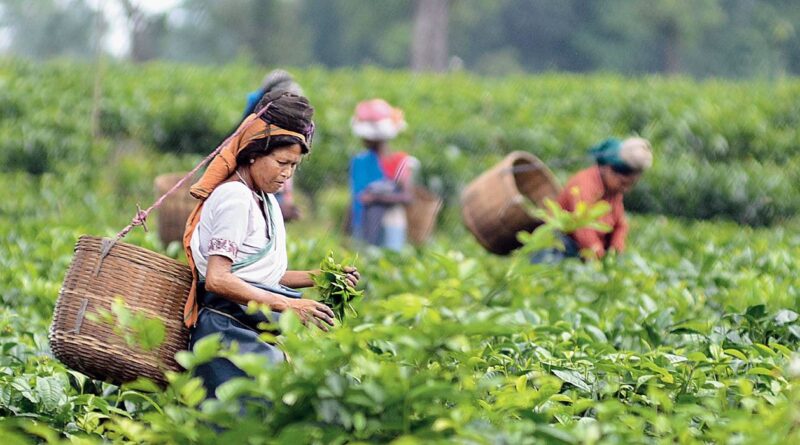
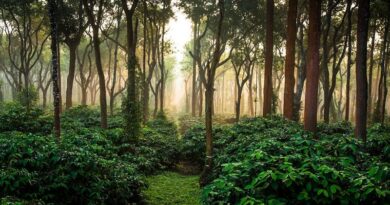
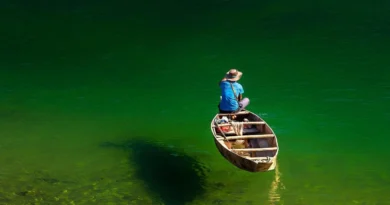
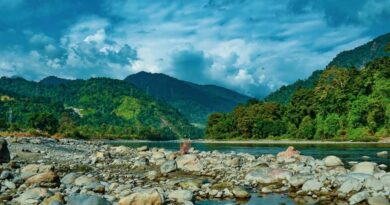
Pingback: Distinctive Spices of the North-East India | inFoodTRAVEL
Can you be more specific about the content of your article? After reading it, I still have some doubts. Hope you can help me.
Your article helped me a lot, is there any more related content? Thanks!